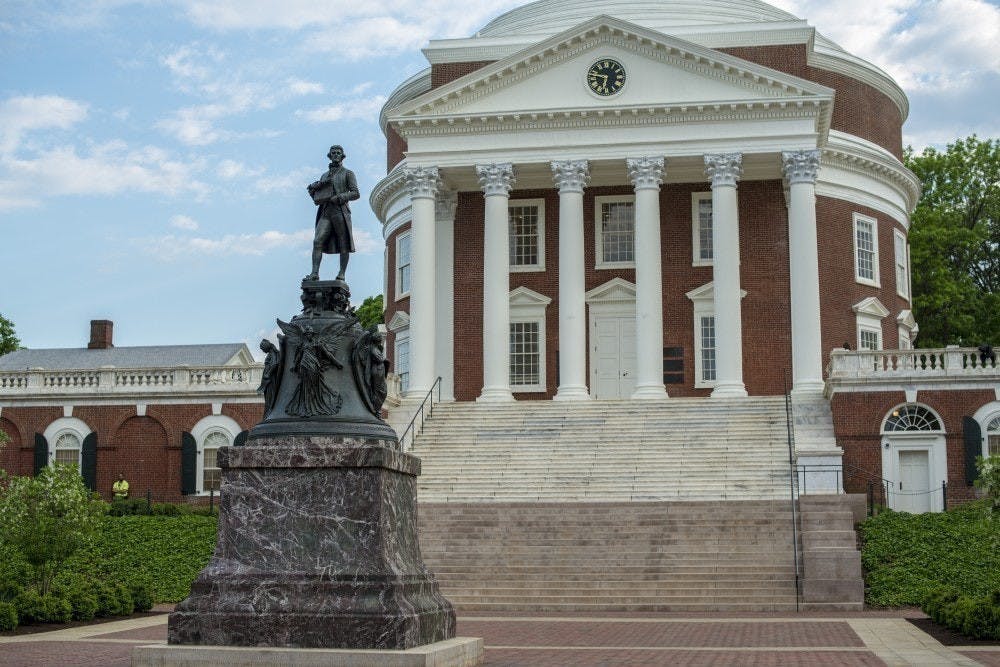The University eliminated its early decision program — which had existed for nearly half a century prior — and transitioned to a single track admissions system in 2006. This was later supplemented by the addition of the early action program in 2012, which was differentiated from its predecessor by its non-binding nature. University representatives cited attracting low-income students as the primary reason for the removal of early decision, in addition to an overall simplification of the process, which surely led to some degree of bureaucratic streamlining. However, this past month, the University announced that early decision would be returning — accompanying the existing early action and regular admissions — and I believe that this decision couldn’t have come early enough.
The primary argument against the implementation of early decision is the fact that it dissuades low-income students from applying. This is due to the fact that low-income students often cannot fully commit to a single University until they receive specifics on scholarship and financial aid awards. In effect, they would be much less likely to apply through an early decision track, which would in turn decrease the number of low-income students, and skew the University’s population towards more wealthy applicants. For this reason, the University Harvard, Princeton and numerous other institutions removed their early decision programs in the past few decades with the intention of attaining a more economically diverse student body.
However, while this assertion makes sense theoretically, it does not hold up in actuality. A great metric for evaluating the proportion of socioeconomically disadvantaged students that are being admitted to the University is the percentage of the admitted student body that qualifies for federal need-based Pell Grants. According to data published by the Washington Post, from 2010 to 2015 — shortly after the removal of the early decision system — the proportion of pell-eligible students at the University fell by one percent. This decline is identical to that of many Virginia state universities that actually offer early decision, such as William & Mary and Virginia Tech. Thus, there is no reason to believe that the removal of the early decision program alone did anything to help low-income students.
If implemented properly and in conjunction with programs specifically encouraging low-income students to apply, the early decision process could actually increase the proportion of these individuals who are admitted. For instance, other top universities such as Yale and Emory — which both offer early decision systems — found success through the use of the QuestBridge program, which the University also participates in. Questbridge is a nonprofit that helps low-income students attain guaranteed scholarships during the early admissions process program. Therefore, the University should work toward recruiting more low-income students as it is far from clear that early decision is the deciding factor of where low-income students decide to apply. In addition, disadvantaged youth would still have the non-binding option of applying via the existing early action option, which the University has no intention of removing.
The early decision system also offers some advantages to the University itself. Most notably, early decision helps to improve a college’s overall yield rate — the proportion of admitted students who end up seeking enrollment. This is fairly straightforward, students committed to the University would apply in early decision and lock up spots, thus decreasing the number of offers that the University will have to make later in the admissions process.
In addition, a side effect of this would lead to an artificially lower acceptance rate, since the number of available spots in the more popular early action and regular decision waves would be significantly less. This has benefits in it of itself, as lower acceptance rates help with improving the prestige of the University, which could in turn lead to higher rankings, more demand for spots, and ultimately a more qualified student body. Consequently, these improved rankings often lead to more alumni donations and holistic benefit for the institution, as “rankings can be a strong motivator for younger alumni” to donate.
While those opposed may proclaim that this decision on the part of the University will ultimately hurt the socioeconomic diversity of the student body, it does not appear that the proportion of low-income students at the University shifted significantly in the absence of early decision. An attempt to emulate universities that have found success such as Yale and Emory is a prudent decision to make, in addition to being relatively risk-free since it can be revoked at any time. Thus, I think implementing early decision is the right call, as it benefits the University holistically and can be implemented in conjunction with programs that aid low-income students.
Milan Bharadwaj is an Opinion Columnist for The Cavalier Daily. He can be reached at opinion@cavalierdaily.com.







